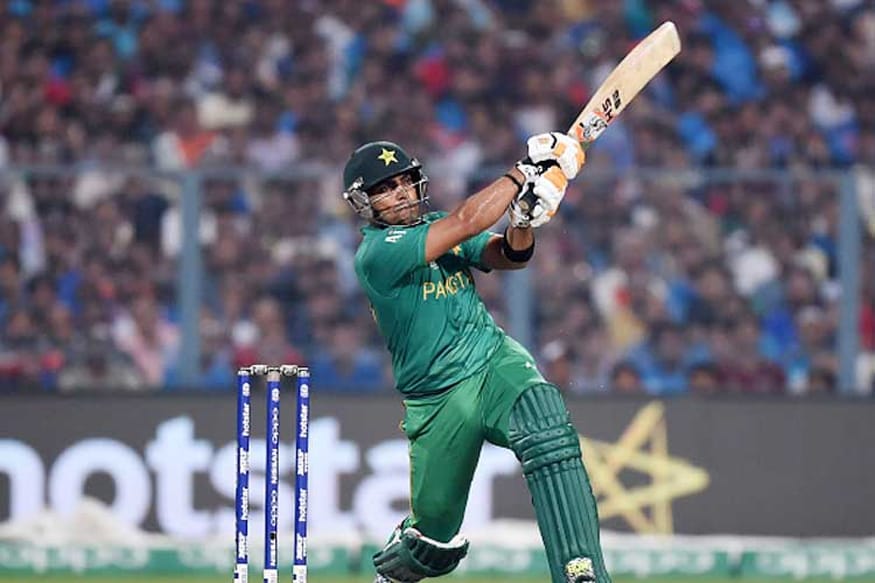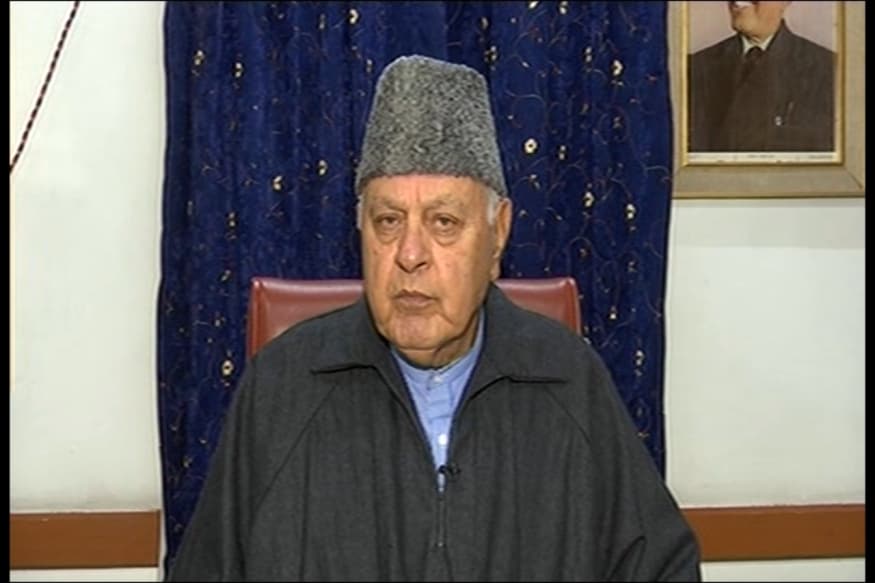OLED and QLED TVs can deliver enhanced picture quality normal LCDs simply cannot compete with.
OLED and QLED TVs have become the golden standard of display technology in televisions. They can deliver enhanced picture quality normal LCDs simply cannot compete with. But just how do you choose which technology to go with? Well that’s simple –
What is QLED?
QLED TVs are just a fancier term for LED TVs. QLED technology adds a quantum dot filter to achieve brightness levels that exceed competing TV technology. They also provide better black levels and more colours than traditional LED TVs. Quantum dots spread on a piece of film that acts as a filter within the LED panel. QLED isn’t new technology in itself but can instead be deemed as an evolution in LED technology.
What is OLED?
OLED, on the other hand, is an entirely different ball game. OLED TVs have organic material which allows each pixel to self-illuminate once a charge has been applied to them. So, you get each pixel diming and lighting up without the need for a separate backlight like LEDs.
Both technologies are entirely different from one another and have their own set of strengths and weaknesses.
Why QLED?
The perfect setting for an OLED TV would be a black room. OLED TVs are particularly strong in darkness as they can deal particularly well with shadows. But that’s no good if you’re in a bright room as light pollution is a significant hurdle for OLEDs. Watching TV in complete darkness isn’t realistic, as there’s always some light or the other coming in. QLED’s strengths, on the other hand, tend to shine in brightness. If you’re sitting in a living room with a lot of ambient light coming in, QLED TVs are the best way to go. QLED’s can reach up to 2000 nits of brightness, as compared to the maximum 1000 nits peak brightness on most OLEDs.
Why OLED?
Viewing angles is one area where OLEDs can consistently destroy QLEDs or LCDs in general. This is mainly down to the single plane that’s doing all the work on an OLED TV. OLEDs are generally very thin, and the light source is very close to the front of the panel which will ensure no drops in colour or contrast at any angle, it is an emissive technology. The problem with QLED is that it is a transmissive technology, which means light has to shine through a source. And when you shine light through something you tend to limit your viewing angles. Once you begin to move out of the central angle on a QLED TV, you’ll start to lose out on brightness, colour and contrast.
Do you need to worry about Burn-in
OLED also does suffer from a burn-in issue, but average users who don’t play the same game or watch the same channel for hours-on-end – we’re talking 10 to 12 hours straight – need not worry about it. But if you’re are a hardcore gamer who enjoys playing on a TV, you might want to go for a QLED.

























































